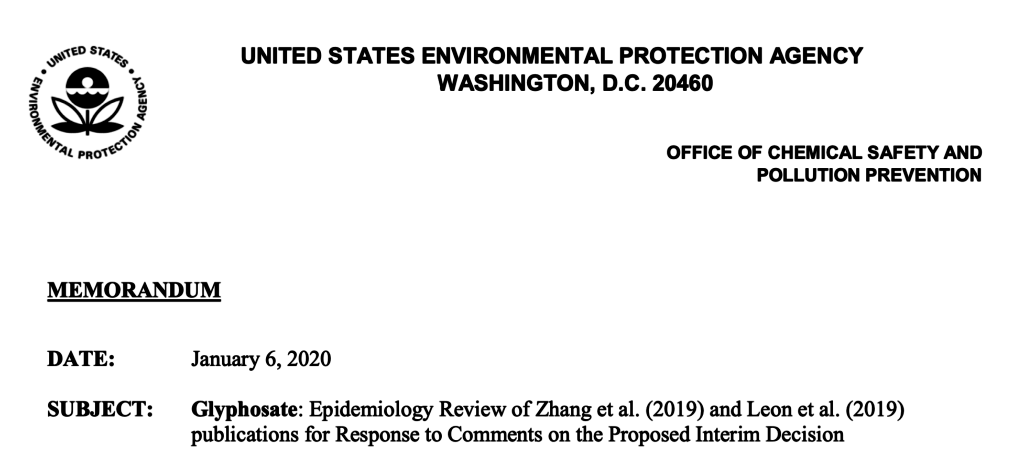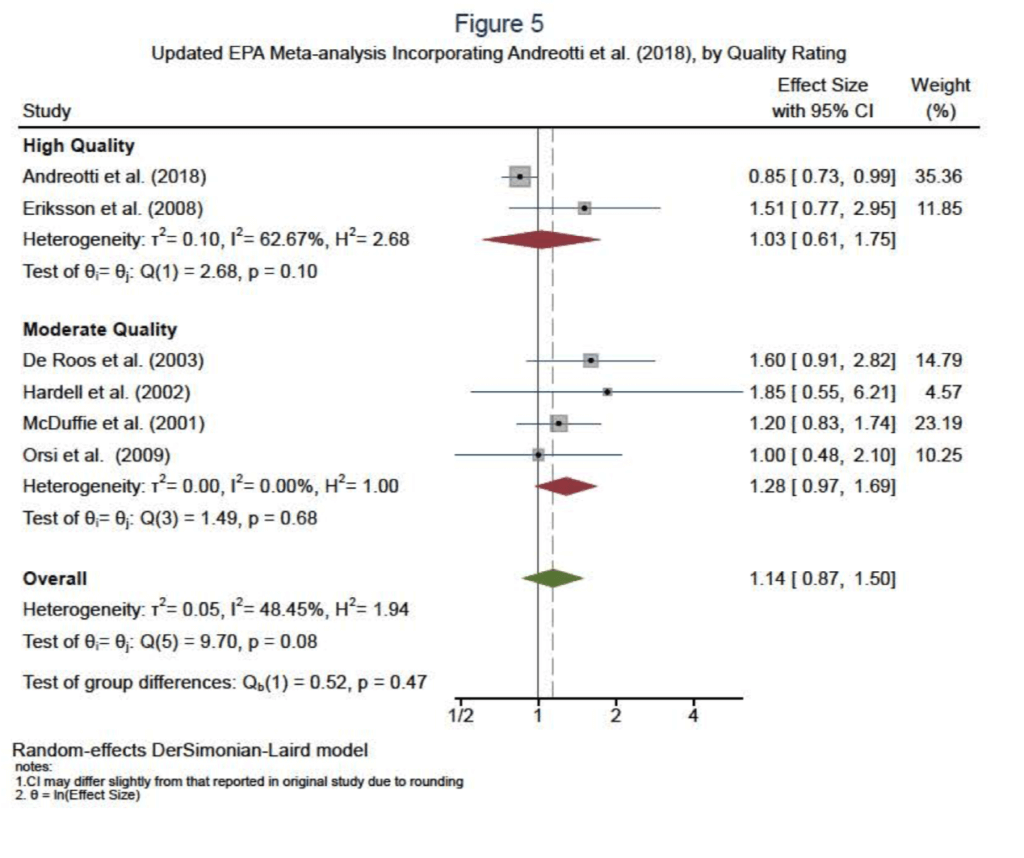G Kabat at Genetic Literacy Project, has a clear conversation about a controversial topic, the mooted safety of the herbicide glyphosate. The full discussion by Kabat is worth a read, but here is the punchline:
Kabat's message: The US EPA has reexamined recent claims by Zhang et al and found them unconvincing.
Key Quote
In January 2020, the U.S. EPA issued a memorandum updating its 2017 review of studies of glyphosate.

EPA repeated the Zhang meta-analysis substituting a relative risk of 0.85 (95% CI 0.73-0.99) for unlagged ever exposure in the AHS (instead of 1.12, 95% CI 0.83-1.51 for the highest quartile of glyphosate exposure based on a 20-year lag used in the Zhang analysis). The resulting summary relative risk was 1.14 (95% CI 0.87-1.50). EPA concluded that the reanalysis confirmed its earlier 2017 judgment of no association between glyphosate exposure and NHL.

In addition to Zhang et al.’s selection of the highest hazard ratio in the AHS, the EPA re-review suggested other ways in which Zhang et al. made decisions based on assumptions that had little support in the actual data. Specifically, Zhang et al. emphasized their “a priori hypothesis” that higher exposures to glyphosate-based herbicides would be associated with greater effect sizes, where “higher” was defined as “greater intensity/magnitude, longer duration, or some cumulative combination of the two.” However, EPA pointed out that in the AHS, “the largest study and of the highest quality,”
…. this hypothesis does not appear to be supported …. there is no readily apparent indication of a trend toward higher odds ratios [sic] with higher exposures in Andreotti et al. (2018) so there appears to be little evidence supporting the authors’ stated a priori hypothesis
No comments:
Post a Comment